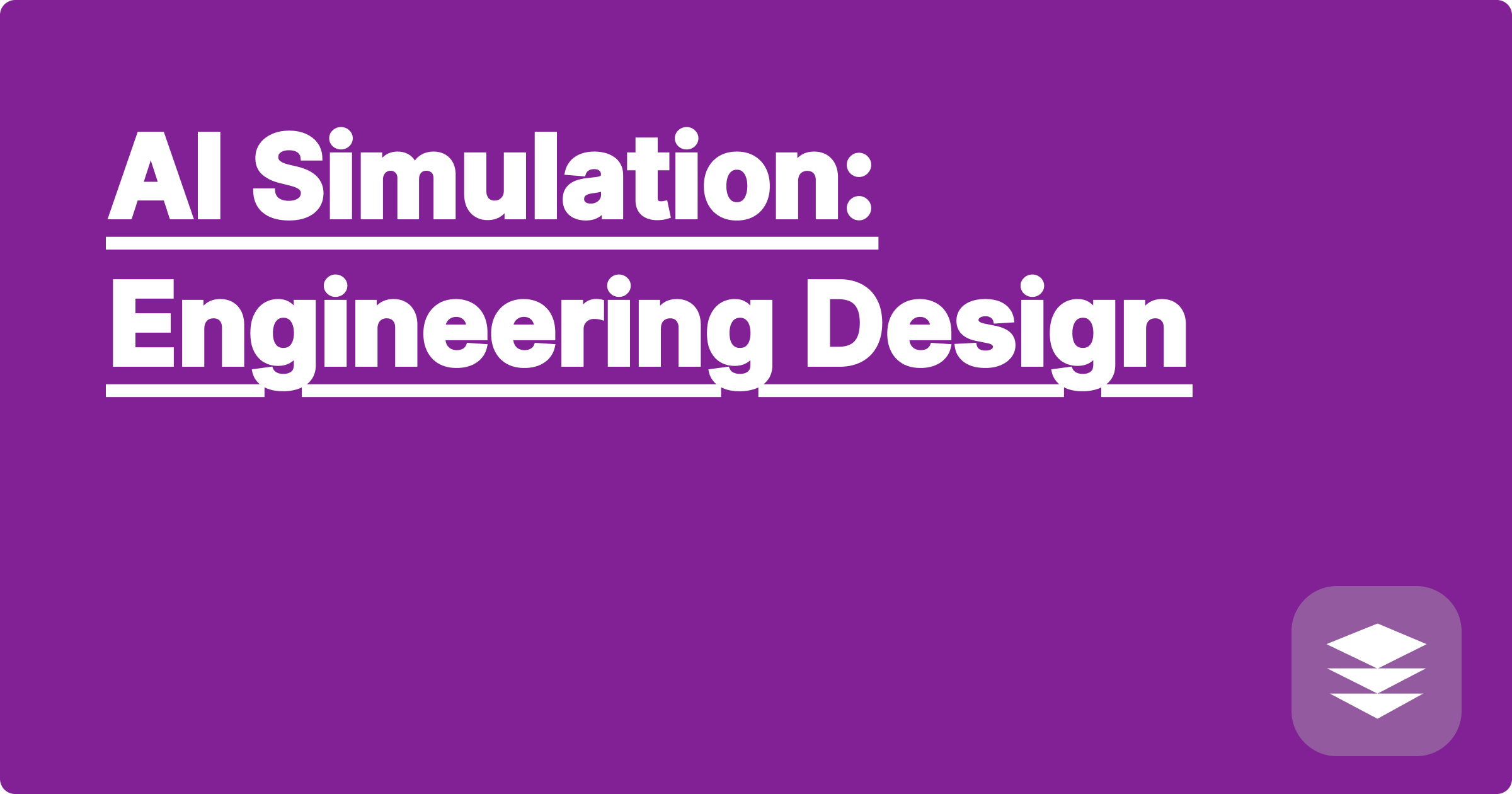
The ever-increasing complexity of engineering systems presents a significant challenge to STEM students and researchers. Designing and optimizing these systems, which often involve intricate interactions between multiple components, requires extensive experimentation and analysis. Traditional methods can be time-consuming, resource-intensive, and often limited in their ability to explore the vast design space effectively. Artificial intelligence (AI) offers a transformative approach to engineering design by enabling rapid simulation, optimization, and exploration of complex systems. AI-powered tools can automate tedious tasks, analyze massive datasets, and uncover hidden patterns, ultimately leading to more efficient and innovative designs.
This shift towards AI-driven design is crucial for STEM students and researchers. Mastering these AI tools will be essential for future engineers and scientists to remain competitive in their fields. By understanding how to leverage AI for simulation and optimization, they can tackle complex engineering challenges, accelerate the design process, and unlock new possibilities in innovation. This blog post explores the application of AI in engineering design, specifically focusing on how AI-powered simulation can revolutionize the design process. We will delve into the challenges, explore the solutions, and provide practical examples to illustrate the power of AI in engineering design.
Engineering design is a complex process that involves multiple iterations and refinements. A key challenge lies in the need to evaluate numerous design alternatives before arriving at an optimal solution. Traditionally, this evaluation has relied on physical prototyping and experimentation, which can be both expensive and time-consuming. Furthermore, the sheer number of potential design variations can be overwhelming, making it difficult to explore the entire design space effectively. Consider the design of an aircraft wing, where factors like airfoil shape, wingspan, and material properties all interact in complex ways to influence aerodynamic performance. Evaluating every possible combination of these parameters using traditional methods would be practically impossible.
AI offers a powerful solution to this challenge by enabling rapid and efficient simulation of complex engineering systems. AI tools like ChatGPT, Claude, and Wolfram Alpha can be used to generate design variations, predict system performance, and optimize design parameters. For instance, generative AI models can create novel design concepts based on specified constraints and objectives. These models can learn from existing designs and generate new variations that explore different regions of the design space. Furthermore, AI-powered simulation tools can predict the performance of these designs under various operating conditions, eliminating the need for extensive physical prototyping.
The first step in implementing an AI-powered design process is to define the design problem and its objectives. This involves specifying the design parameters, performance metrics, and any constraints that need to be considered. Next, a suitable AI tool is selected based on the specific requirements of the problem. For example, if the goal is to generate new design concepts, a generative AI model like DALL-E 2 or Midjourney might be appropriate. If the focus is on optimizing existing designs, a tool like Wolfram Alpha or a custom-built machine learning model could be used.
Once the AI tool is selected, the next step is to train or configure it for the specific design problem. This typically involves providing the AI with a dataset of existing designs and their corresponding performance metrics. The AI then learns the relationships between design parameters and performance, enabling it to predict the performance of new designs. After the AI is trained, it can be used to generate new design variations or optimize existing ones. The performance of these designs can then be evaluated using simulation tools, and the process can be iterated until an optimal solution is found.
Consider the design of a heat exchanger, where the objective is to maximize heat transfer efficiency while minimizing pressure drop. An AI model can be trained on a dataset of heat exchanger designs with varying fin geometries, flow rates, and fluid properties. The model can then be used to predict the heat transfer coefficient and pressure drop for new fin geometries, allowing engineers to explore a wider range of design options and identify optimal configurations. Another example is the design of a robotic arm, where the goal is to optimize the trajectory for a specific task. An AI algorithm can be used to simulate the robot's movements and evaluate its performance based on metrics like speed, accuracy, and energy consumption. The algorithm can then iteratively refine the trajectory to achieve optimal performance. Formulas like the Navier-Stokes equations can be used within these simulations to model fluid flow in complex systems.
To effectively utilize AI in STEM education and research, students and researchers should focus on developing a strong foundation in both AI principles and their specific domain of study. Understanding the underlying algorithms and techniques used in AI is crucial for selecting the appropriate tools and interpreting the results accurately. Equally important is a deep understanding of the engineering principles and domain-specific knowledge relevant to the design problem. This combined expertise allows for effective integration of AI into the design process. Students should actively seek opportunities to apply AI tools in their coursework and research projects. Experimenting with different AI platforms and exploring their capabilities will build practical experience and enhance their problem-solving skills.
Concluding, AI offers a transformative approach to engineering design, enabling rapid simulation, optimization, and exploration of complex systems. By embracing these powerful tools, STEM students and researchers can accelerate the design process, unlock new possibilities in innovation, and tackle increasingly complex engineering challenges. The next steps involve exploring the various AI platforms available, experimenting with different approaches, and integrating AI into your design workflow. Continuous learning and adaptation are key to staying at the forefront of this rapidly evolving field. Embrace the power of AI and unlock the future of engineering design.
Ace STEM Exams: AI Study Planner
AI Homework Help: STEM Solutions
AI for Labs: Data Analysis Made Easy
STEM Exam Prep: AI-Powered Tutor
AI in Engineering: Design Optimization
Solve STEM Problems: AI Assistant
AI for Research: Data Visualization